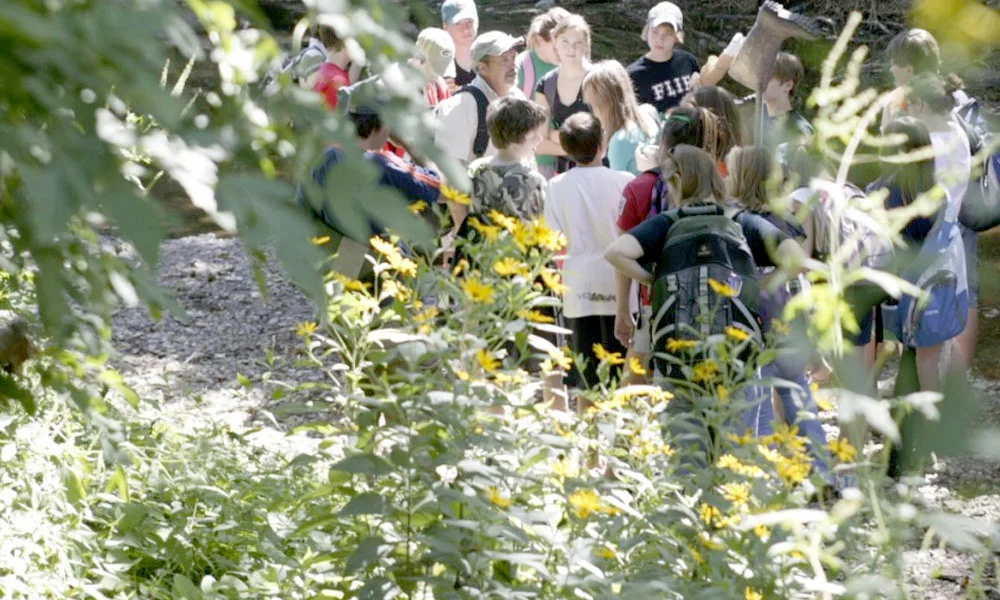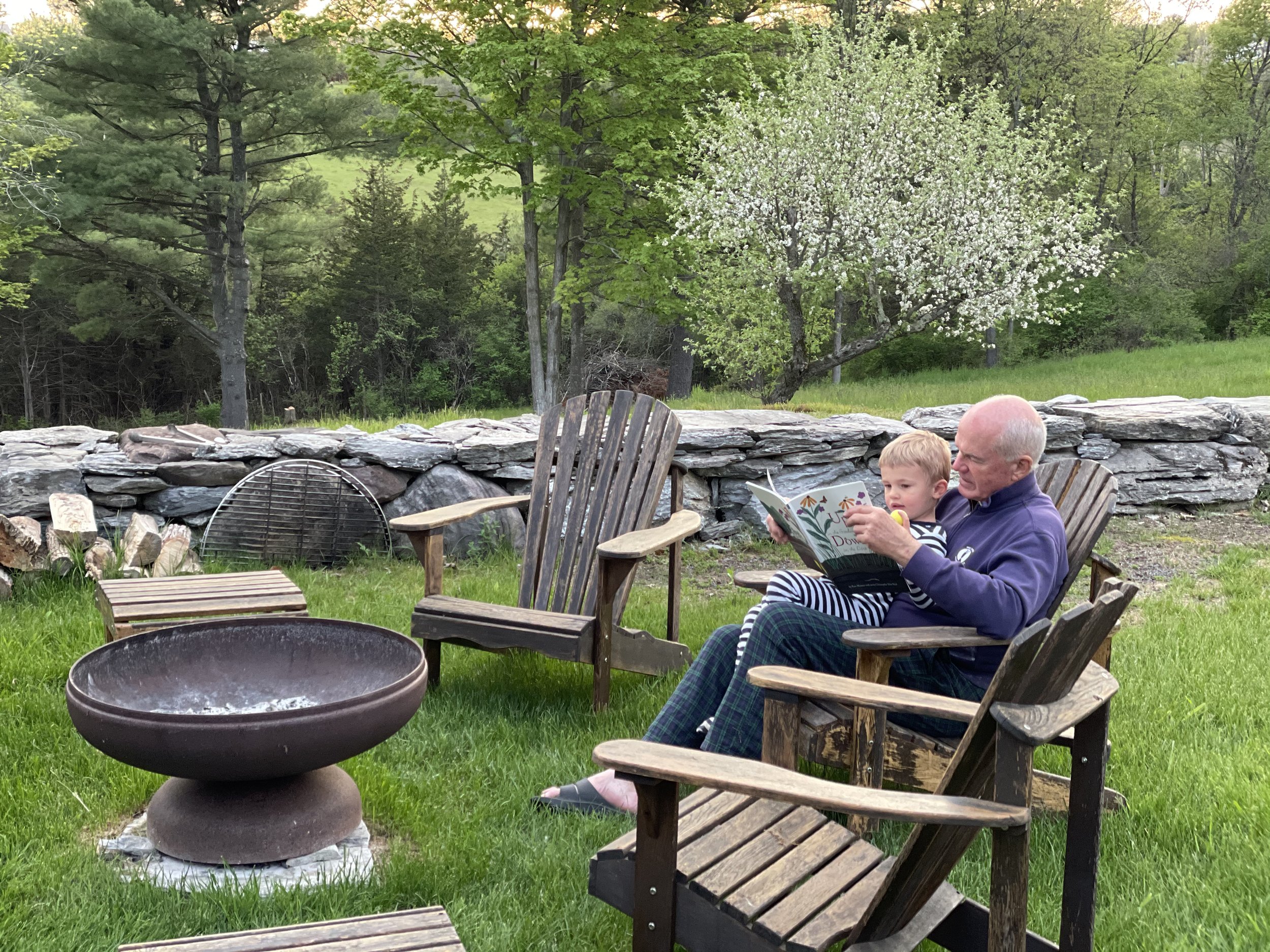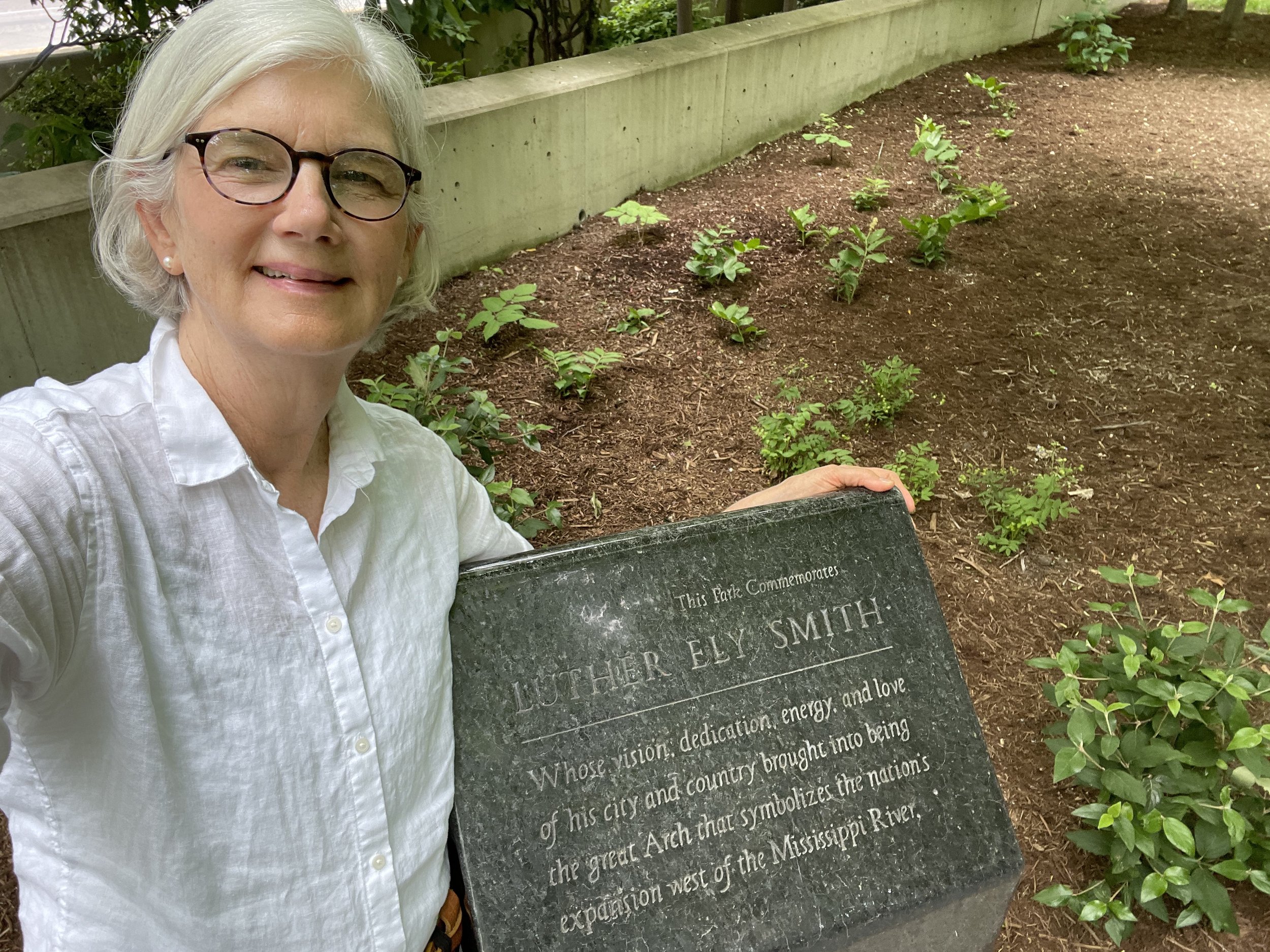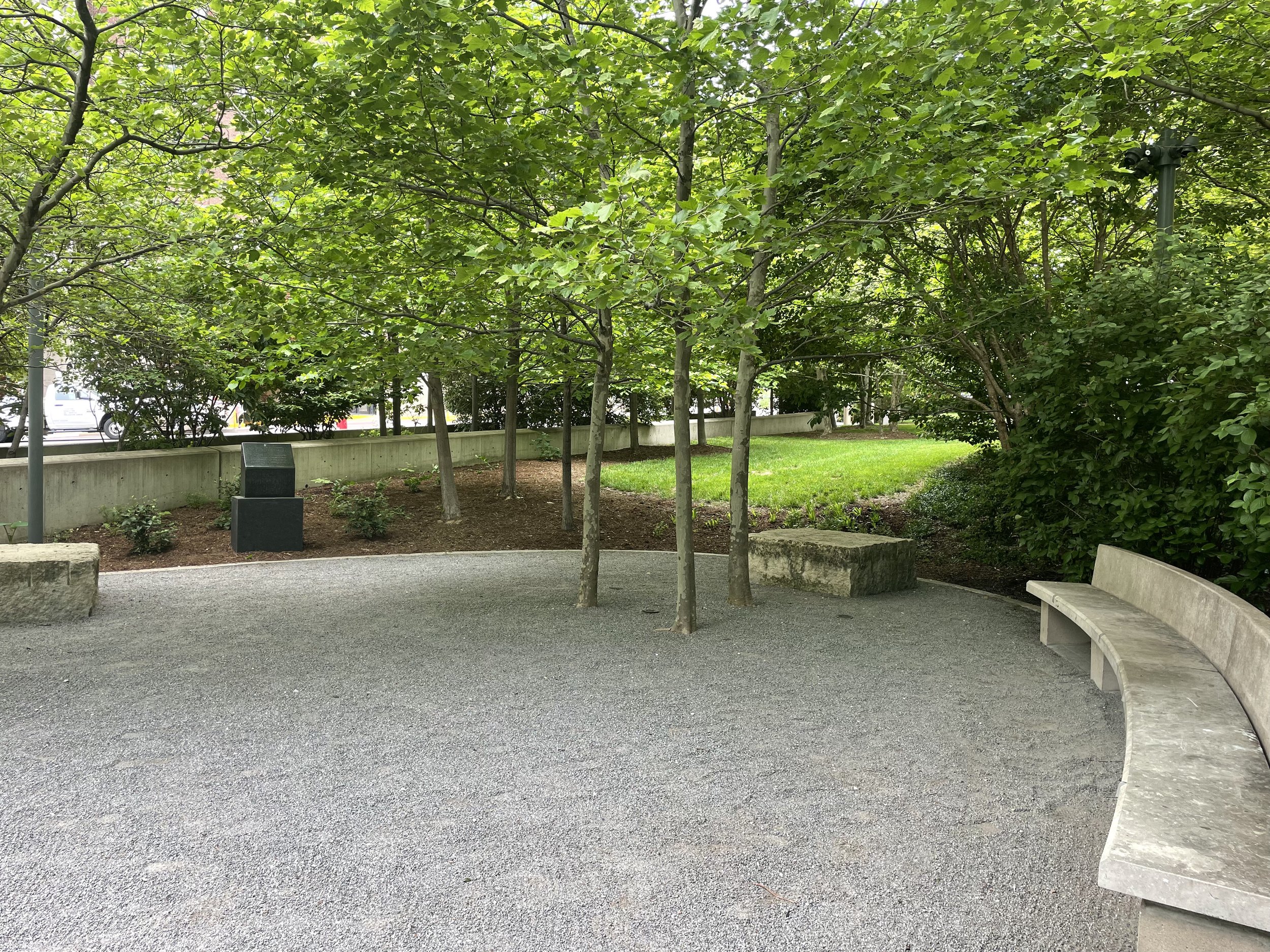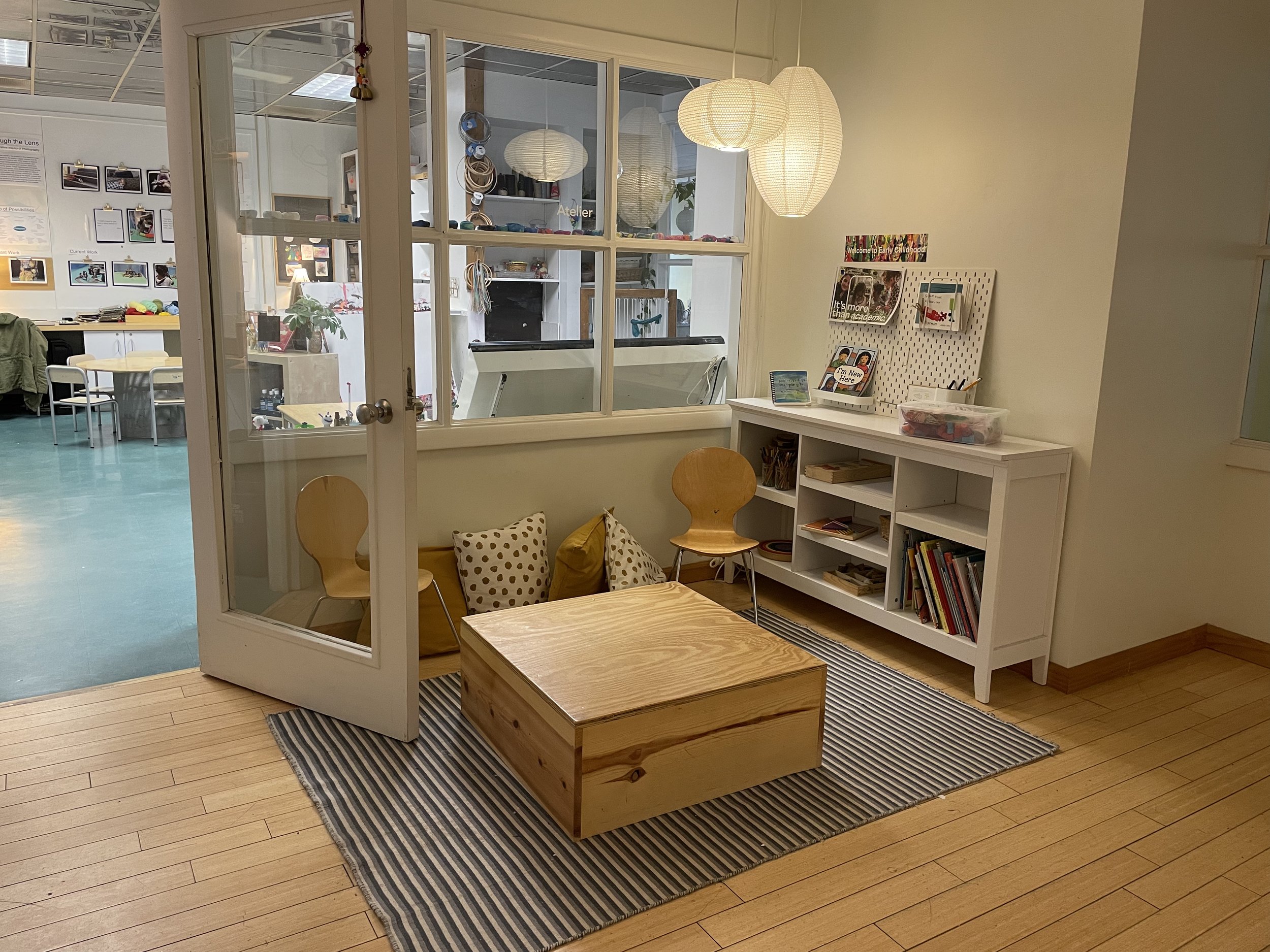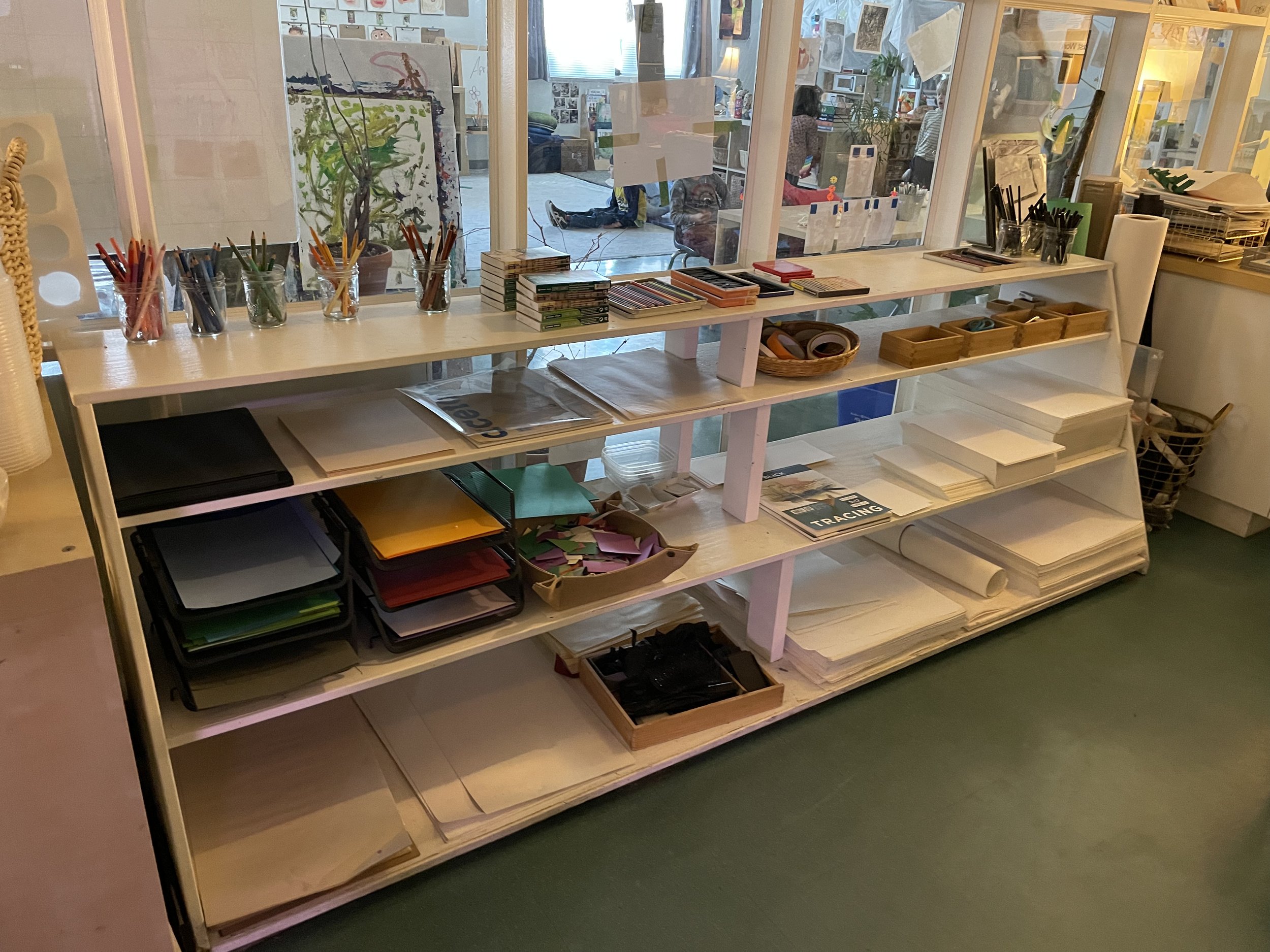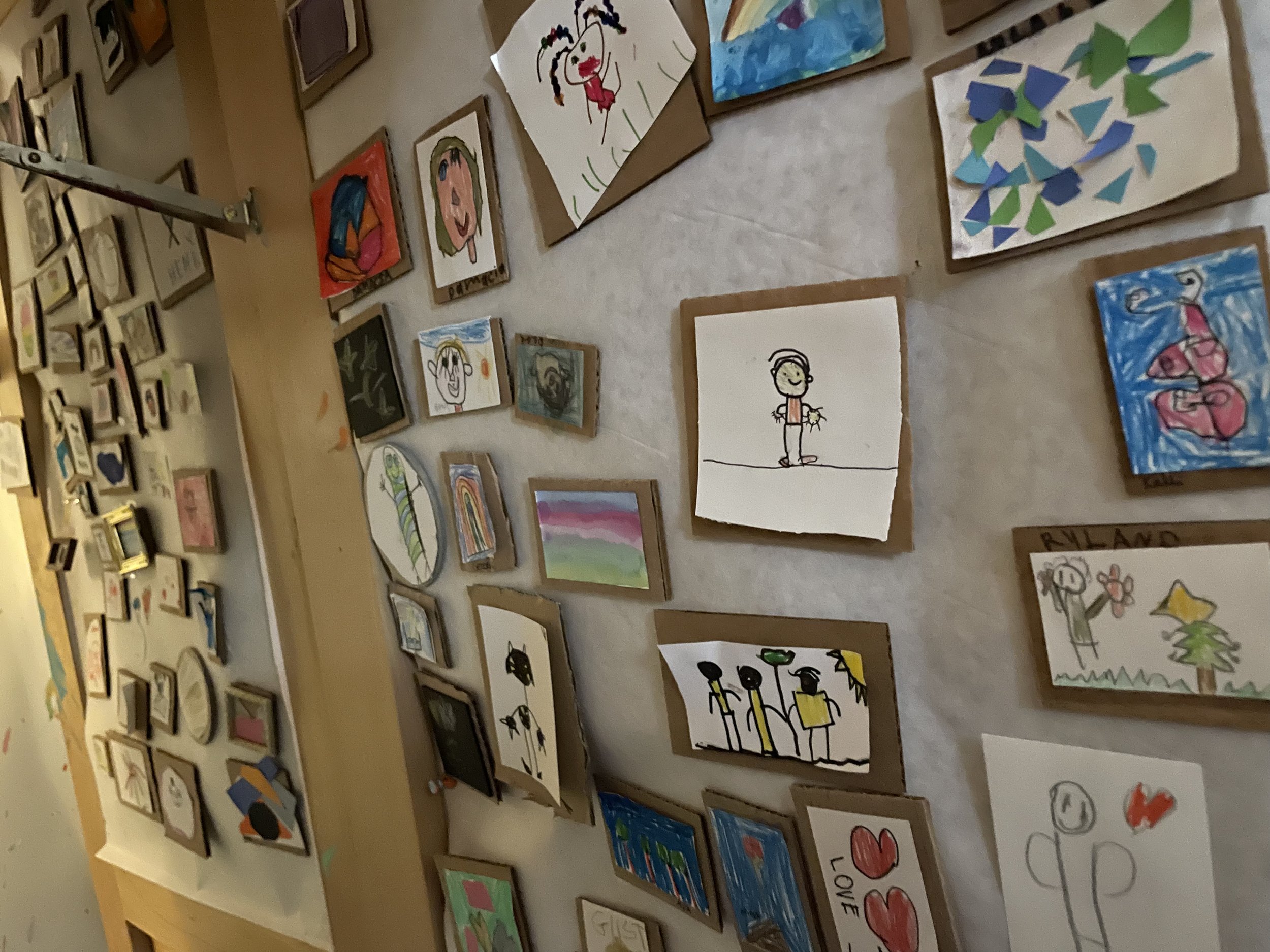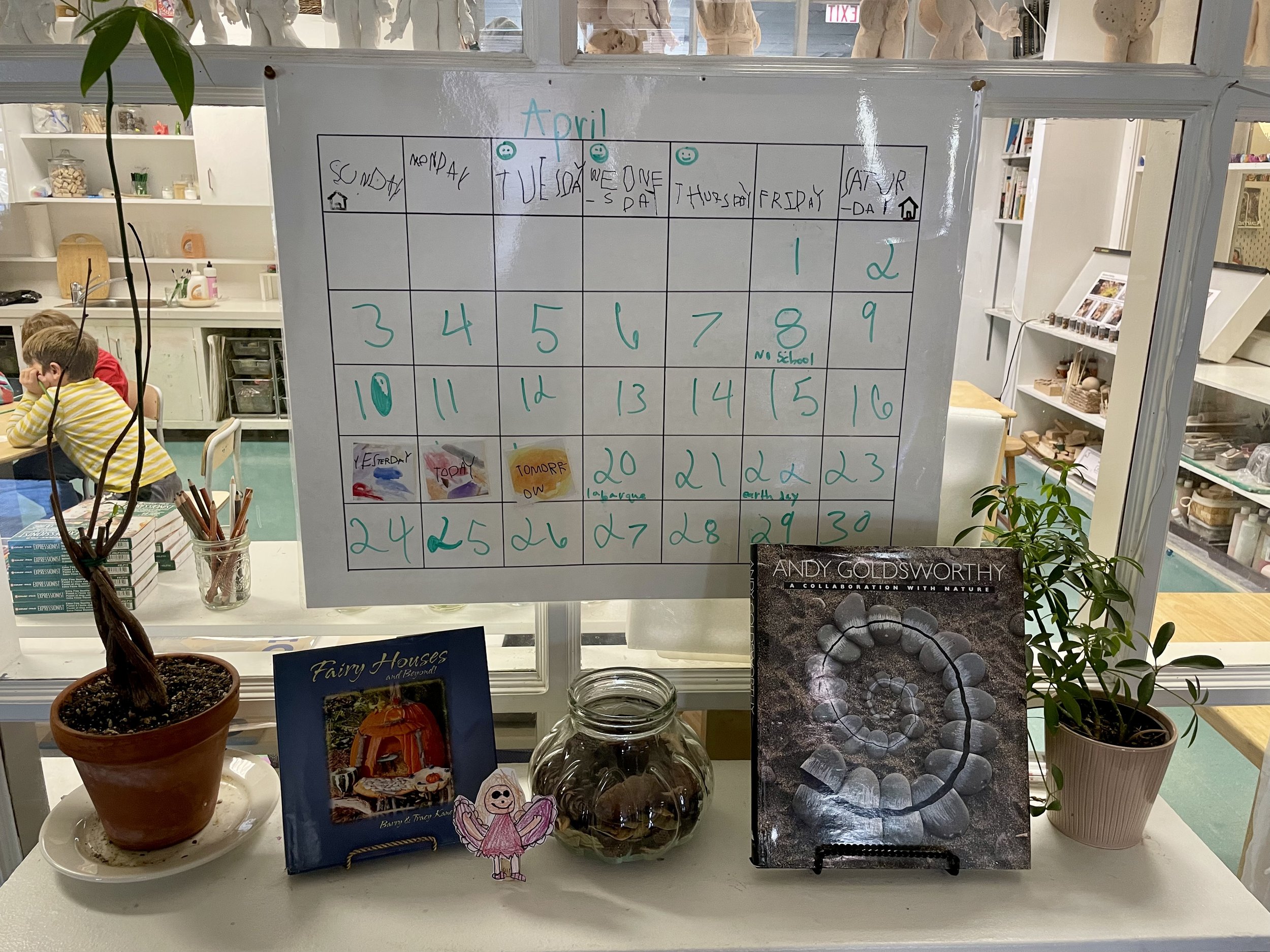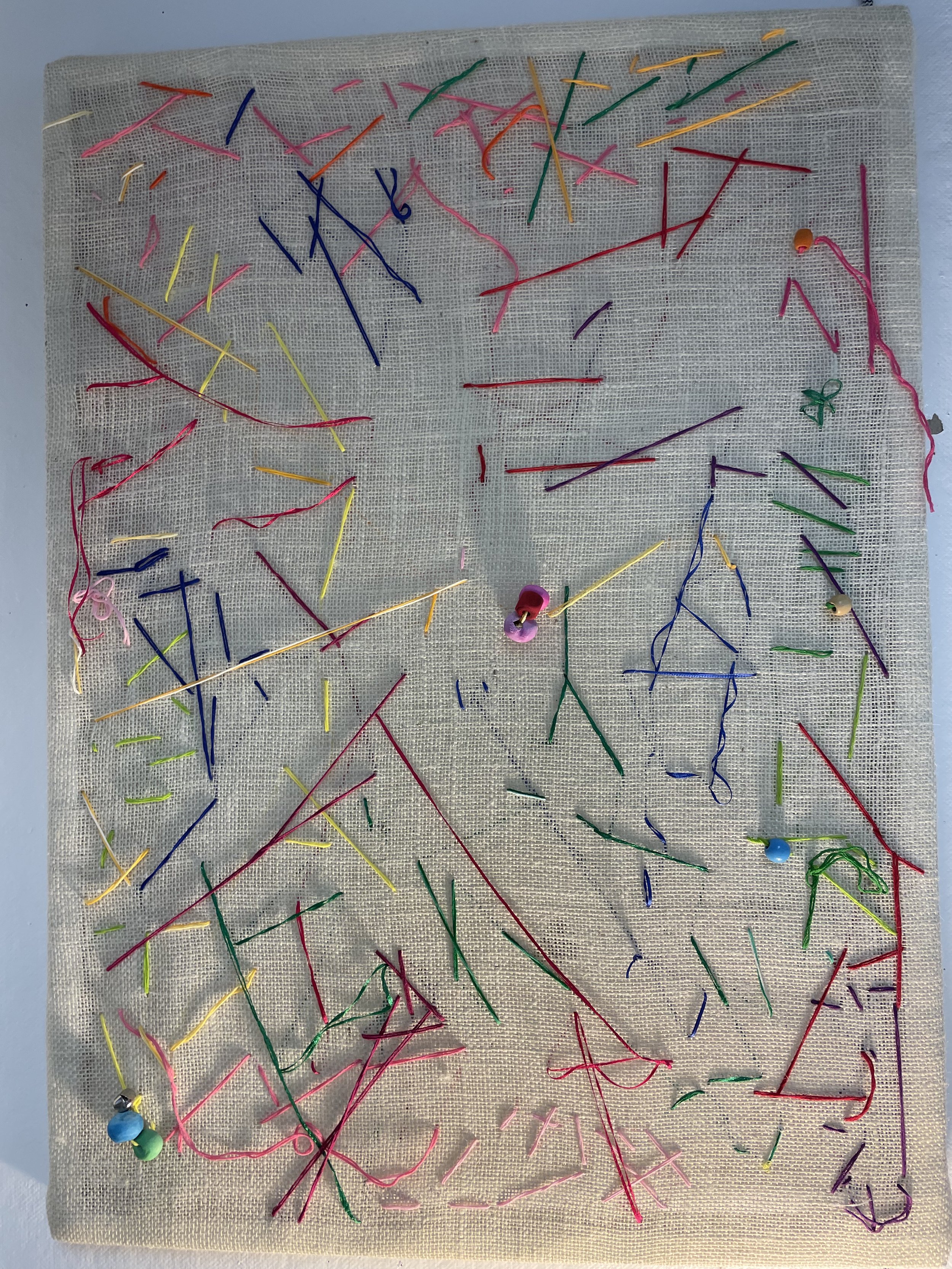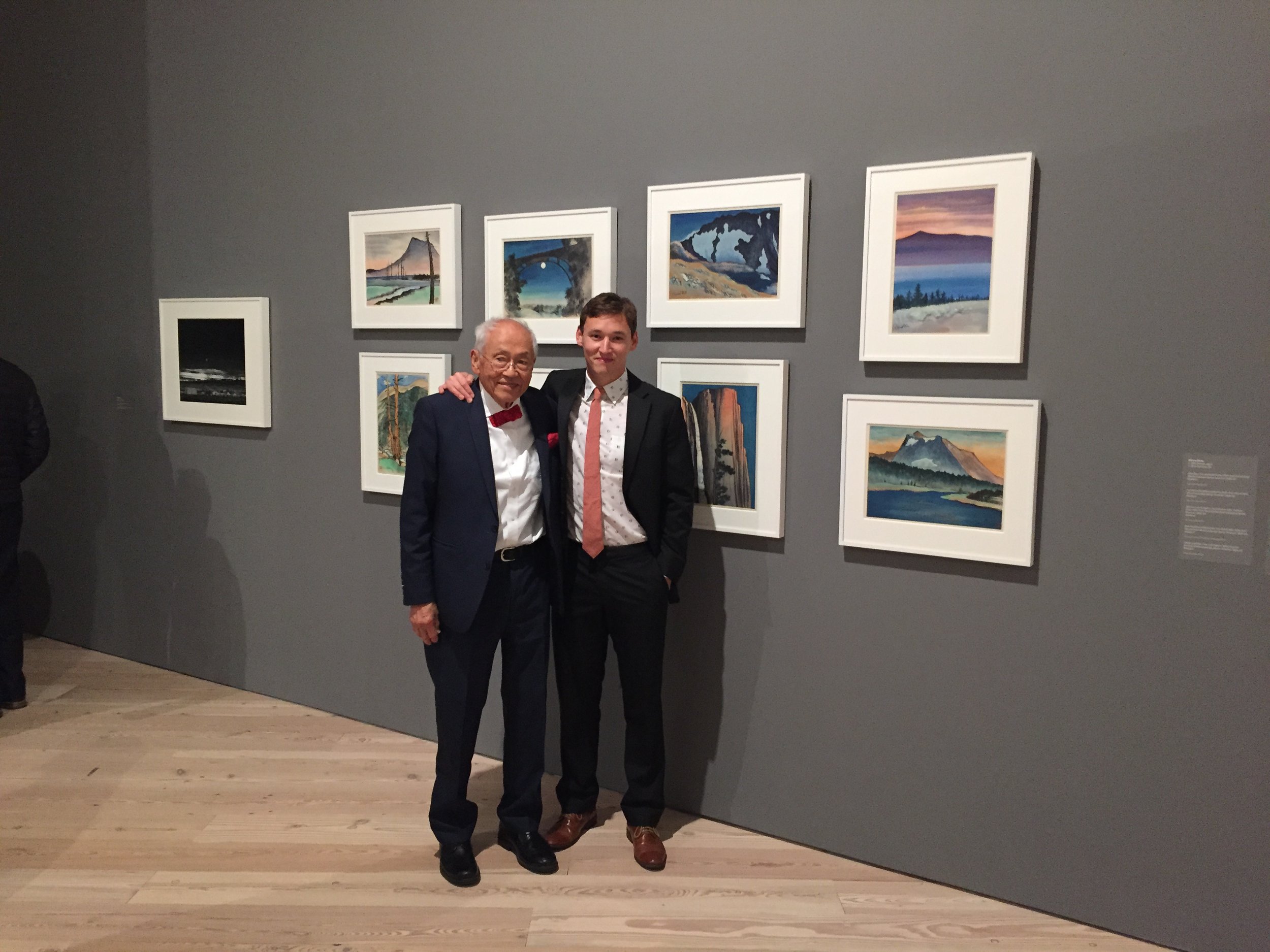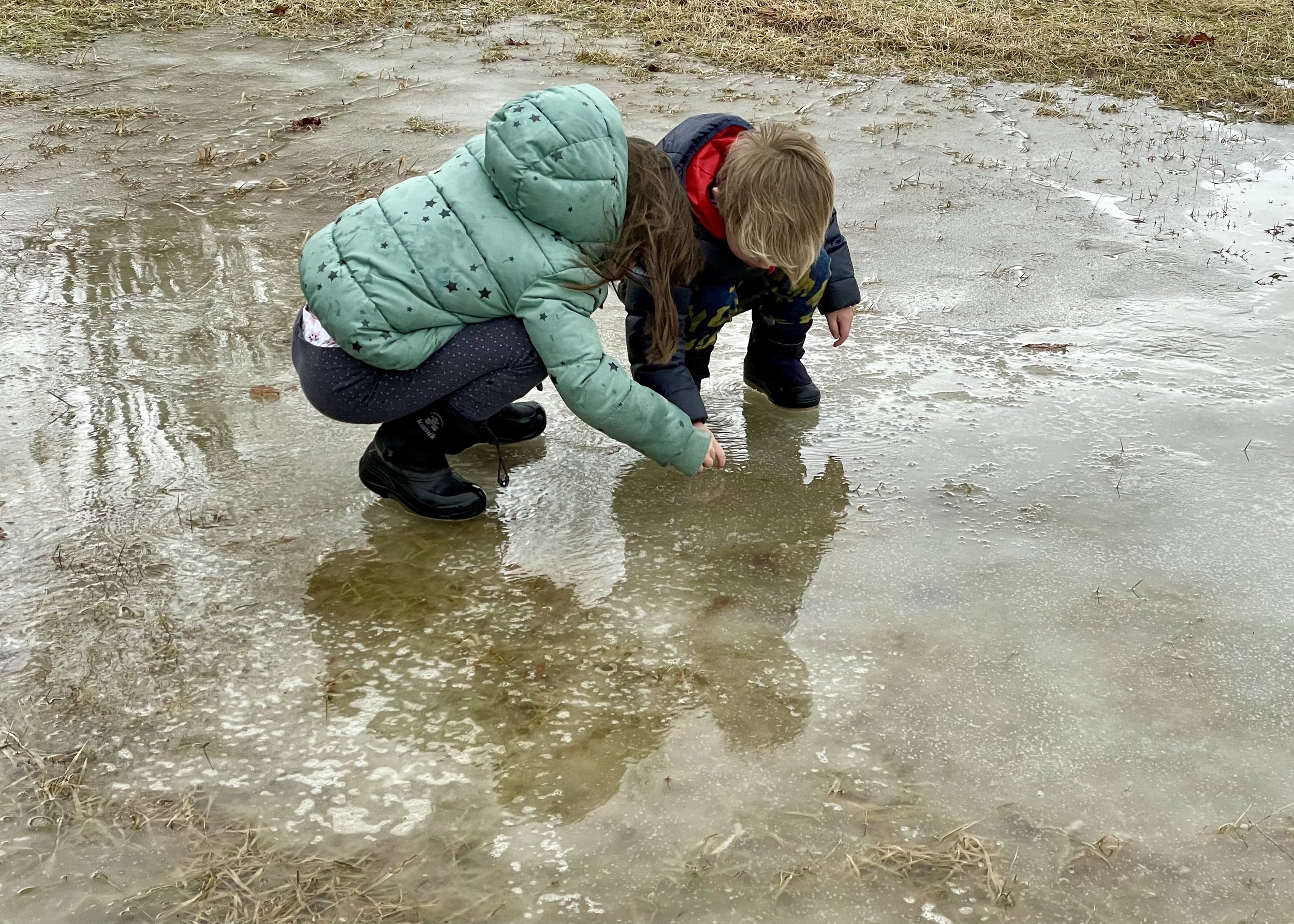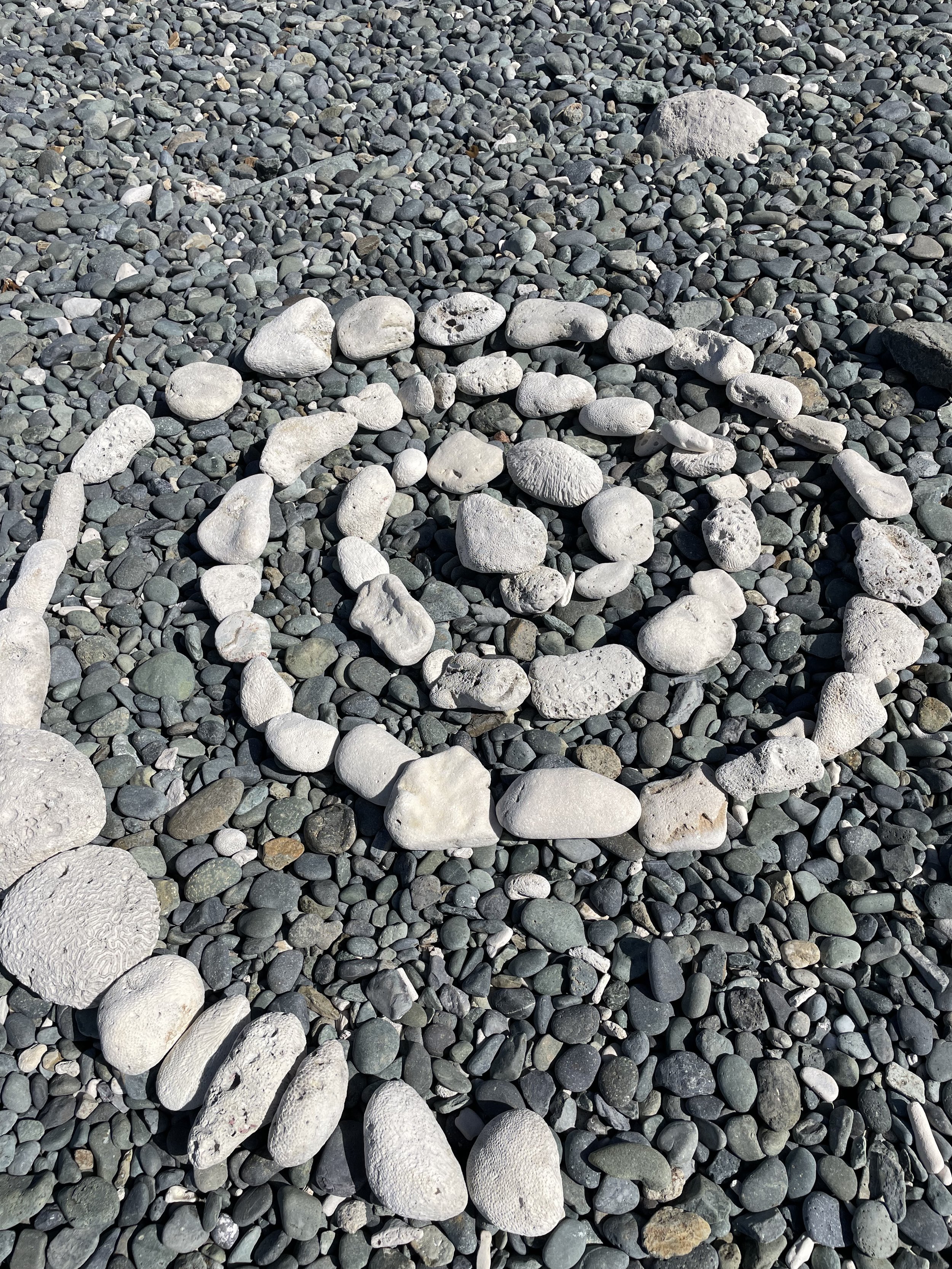Ashley’s mother, Mary Cadwell, reading to her grand daughters
As we round the corner from the school year into summer, there is something that many of us, children and adults, look forward to…reading more, reading what we want to read, stories that will enchant us, stories that will be beautiful and funny, heartwarming and heartbreaking. Even now, I dream of curling up in an adirondak chair or a hammock with a favorite book. Or reading on the beach, or at a picnic table or on a blanket by the lake.
Tomorrow I will go visit a dear friend of mine who spends the summer at a lake house on Lake Champlain. Her family’s house opens to lawn and to stone steps that lead right down to the lake and to a spectacular view north to open water. There are recliner chairs there and that is where I always want to go this time of year…to read, to write, to draw, into the afternoon with no thought of time or deadlines or having to be somewhere. This is summer at it’s very best.
Squam Lake, New Hampshire
If you haven’t read them, you will not want to miss, by any stretch of the imagination, books by children’s book author, Kate DiCamillo.
I have been reading them now all year, since two things happened. First, I read an essay in the New York Times by best selling author, Ann Patchett…Why We Need Life Changing Books Right Now, March, 2020. She describes how she started to read Kate DiCamillo’s books and couldn’t stop. How they changed her life. She writes:
So maybe you don’t have children, or they’re not small or not in the house. It doesn’t matter. Read them anyway. Maybe you do have children and you can read these books together as a family. My point is this: Don’t miss out. Do not make the mistake I nearly made and fail to read them because you are under the misconception that they are not for you. They are for you.
The second thing that happened is that Krista Tippett interviewed Kate on her podcast, On Being in March of 2022. It is the best interview that I have ever heard and it is the most beautiful. Please listen to it. Don’t miss it.
The thing you come away with is how important stories are in our lives..how they save us. Kate DiCamillo says that it is her job as a writer to develop capacious hearts. What does that word capacious mean?… spacious, ample, big, large, generous, vast, huge, immense.
One of the most powerful parts of the interview is when Kate DiCamillo reads a letter that she wrote when she was asked: “How honest should we be with our readers? Is it the job of the writer for the very young to tell the truth or preserve their innocence?”
In the letter, she writes that when she speaks to children at school assemblies she frequently asks if they have read Charlotte’s Web. Then, she asks how many of them cried when they read it. She says that most hands in the audience stay up for both questions. Her letter continues::
My favorite lines of Charlotte’s Web, the lines that always make me cry, are toward the end of the book. They go like this: ‘These autumn days will shorten and grow cold. The leaves will shake loose from the trees and fall. Christmas will come, then the snows of winter. You will live to enjoy the beauty of the frozen world, for you mean a great deal to Zuckerman and he will not harm you, ever. Winter will pass, the days will lengthen, the ice will melt in the pasture pond. The song sparrow will return and sing, the frogs will awake, the warm wind will blow again. All these sights and sounds and smells will be yours to enjoy, Wilbur — this lovely world, these precious days …’
I have tried for a long time to figure out how E. B. White did what he did, how he told the truth and made it bearable.
And I think that you…won’t be surprised to learn that the only answer I could come up with was love. E. B. White loved the world. And in loving the world, he told the truth about it — its sorrow, its heartbreak, its devastating beauty. He trusted his readers enough to tell them the truth, and with that truth came comfort and a feeling that we were not alone.
I think our job is to trust our readers.
I think our job is to see and to let ourselves be seen.
I think our job is to love the world.
Go out and find a book by Kate DiCamillo. There are over 25 of them. My favorites are all the ones that I have read: Because of Winn Dixie (which is also a film), The Miraculous Journey of Edward Tulane, The Tale of Despereaux, (also a film), and The Beatryce Prophecy. I can’t wait to read The Tiger Rising (also a film!) and Louisiana’s Way Home. They are next on my list.
Very best wishes to all of you for a wonderful, free, few months, full of stories, family and friends, and endless summer afternoons loving this beautiful world.
Ashley reading to grandson Jack in early spring

